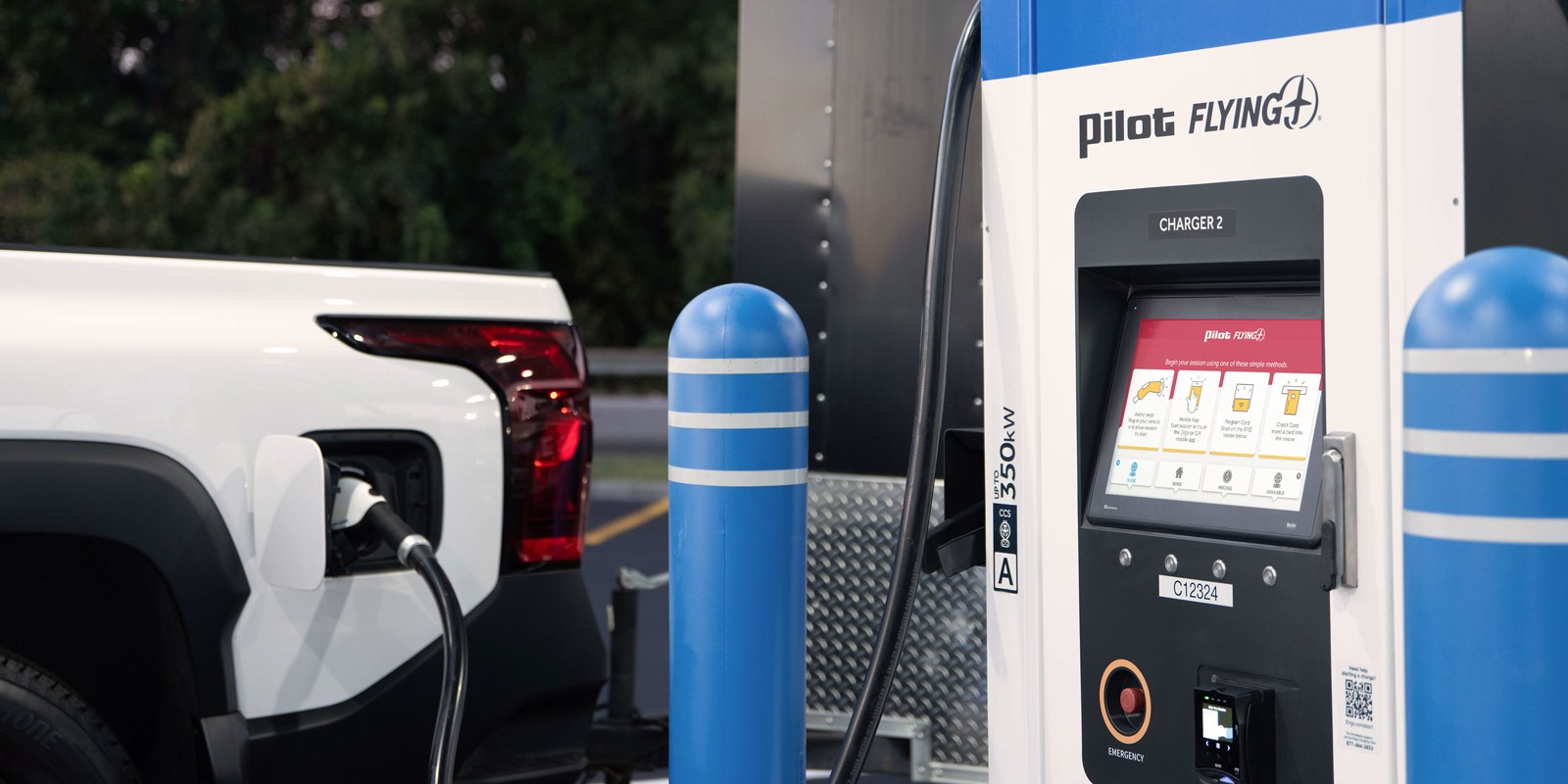Ohio Powers Up: Second Wave of NEVI Charging Stations to Transform EV Travel


Ohio, already a pioneer in the deployment of federally funded DC fast chargers, is set to revolutionize its electric vehicle (EV) infrastructure with a significant expansion under the National Electric Vehicle Infrastructure (NEVI) Program. Despite lacking state-level EV incentives, Ohio's proactive efforts mark a bold step towards enhancing the state's EV network.
Massive NEVI DC Fast Charger Rollout
In a groundbreaking move, Ohio will allocate nearly $16 million to install 22 new DC fast-charging stations spanning interstates, state routes, and US routes. This initiative is part of the second round of funding from the Biden-Harris administration’s NEVI Program, which aims to create a comprehensive and reliable EV charging network across the United States. Governor Mike DeWine is spearheading this project, emphasizing the importance of robust infrastructure to support the growing number of EVs.
The first wave of this initiative was launched in July 2023, followed by the opening of the US’s first NEVI station in December 2023 along I-70. As the country moves towards broader EV adoption, the NEVI program's $5 billion budget over five years, funded by the Bipartisan Infrastructure Law, plays a crucial role. Key requirements for NEVI chargers include placement every 50 miles, within one travel mile of Alternative Fuel Corridors, and capabilities to charge four EVs simultaneously at 150 kW each.
24/7 public accessibility, restrooms, dining options, and shelter are also mandated, ensuring convenience and reliability for EV drivers.
Strategic Locations and Private Sector Collaboration
Round two funding will extend the network on major highways such as I-270, I-275, I-675, I-680, I-71, I-76, I-77, SR 15, US 23, US 30, and US 33. The $16 million investment will be further bolstered by over $4 million from private companies, including Electric Era, Francis Energy Charging, Jule, Love’s Travel Stops, Meijer, Red E Charging, Sheetz, EVgo, and United Dairy Farmers. Installation sites include shopping centers, gas stations, and hotels, providing easy access and multiple amenities.
Currently, Ohio boasts 1,695 EV stations and 3,884 charging ports, underscoring its rapid advancements in EV infrastructure. However, some critics argue that these advancements aren't enough.
The Good, the Bad, and the Road Ahead
Ohio's Department of Transportation Director Jack Marchbanks highlights this milestone as pivotal in maintaining Ohio's lead in transportation innovation. Despite these advances, Ohio’s EV policy framework remains lackluster, especially when compared to states offering robust incentives and lower registration fees.
Ohio's additional registration fees for EVs and hybrids—$200 for battery electric vehicles (BEVs) and $100 for hybrids—create a financial imbalance. These fees are significantly higher than the $31 fee for conventional gas vehicles, deterring potential buyers due to increased ownership costs.
While Ohioans will benefit from an extensive EV charging network, the financial barriers created by high registration fees and the absence of state-level incentives place Ohio at a competitive disadvantage. Nevertheless, the state’s aggressive NEVI rollout underscores its commitment to EV infrastructure, making it a benchmark for other regions.
Ultimately, while Ohio zips ahead in charging station availability, a comprehensive review and revision of EV policies could further enhance its position as a leader in the EV revolution.